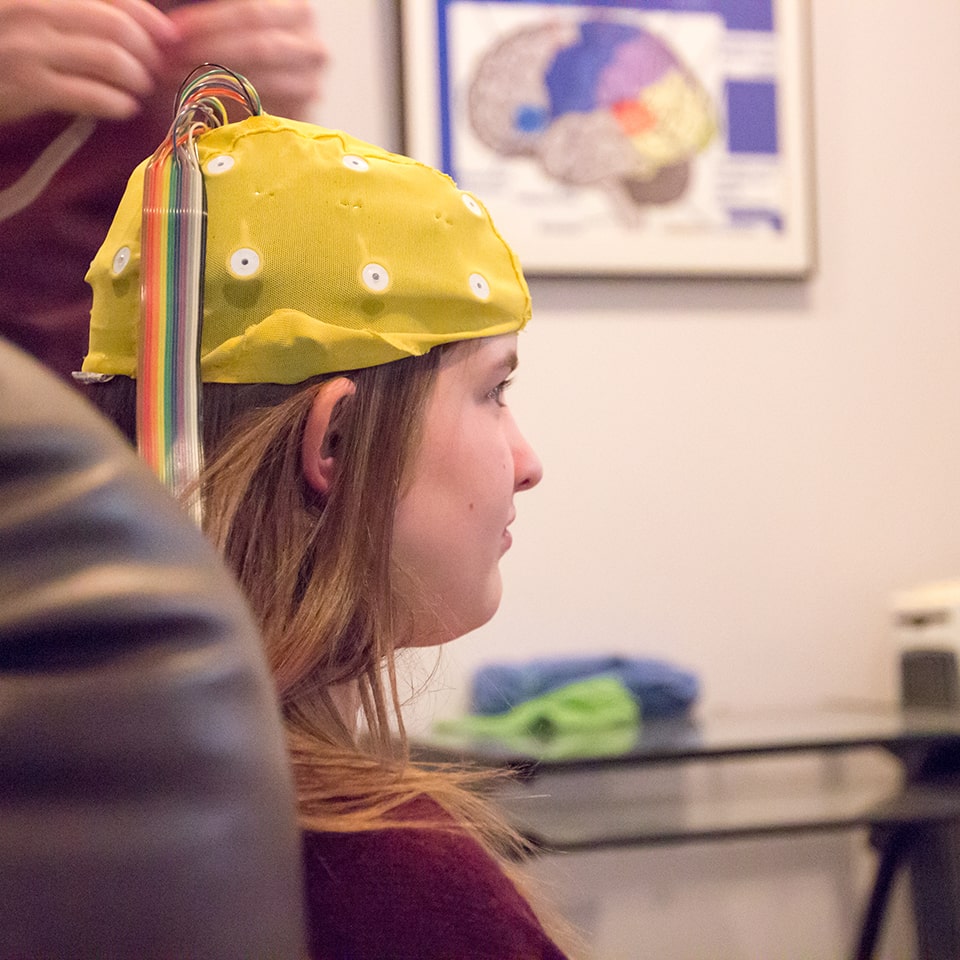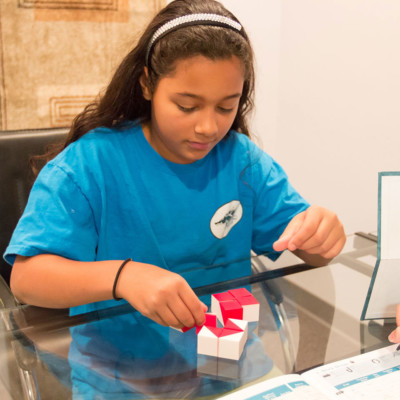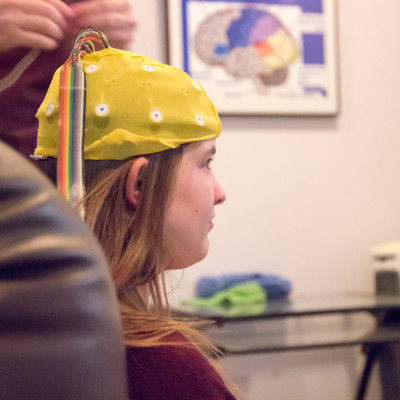Neurotherapy & Biofeedback Services for children & adults
Neurotherapy & Interactive Metronome Therapy
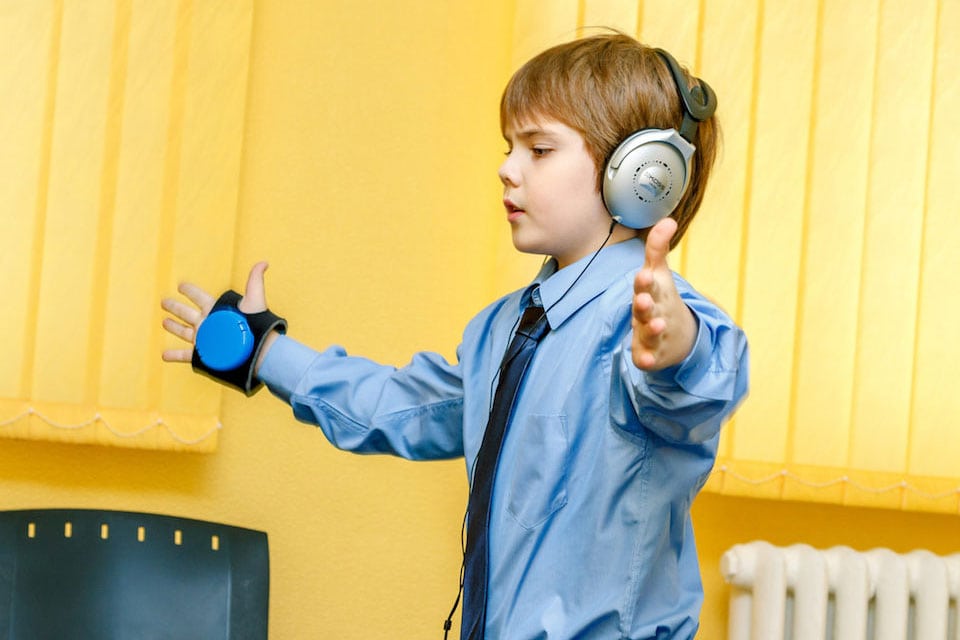
This evidence-based approach works by getting patients to synchronize various body movements and exercises to a specific beat. It is generally done sitting at a computer using interactive, gamified software and music, and includes over 20 different engaging games for children. Games cover fun children’s topics including sports and music.
Interactive Metronome Therapy is often used by a range of healthcare professionals, including neurologists, psychologists, physical therapists, speech therapists, and occupational therapists, among others. It is used to treat a wide range of conditions in both children and adults. Pediatric conditions that IM can help include Autism Spectrum Disorder, sensory processing disorders, Cerebral Palsy, speech and language issues, ADHD, and other learning disabilities. In adults, it can be used to treat stroke patients, Parkinson’s Disease, traumatic brain injuries, Alzheimer’s, Dementia, and other neurological conditions.
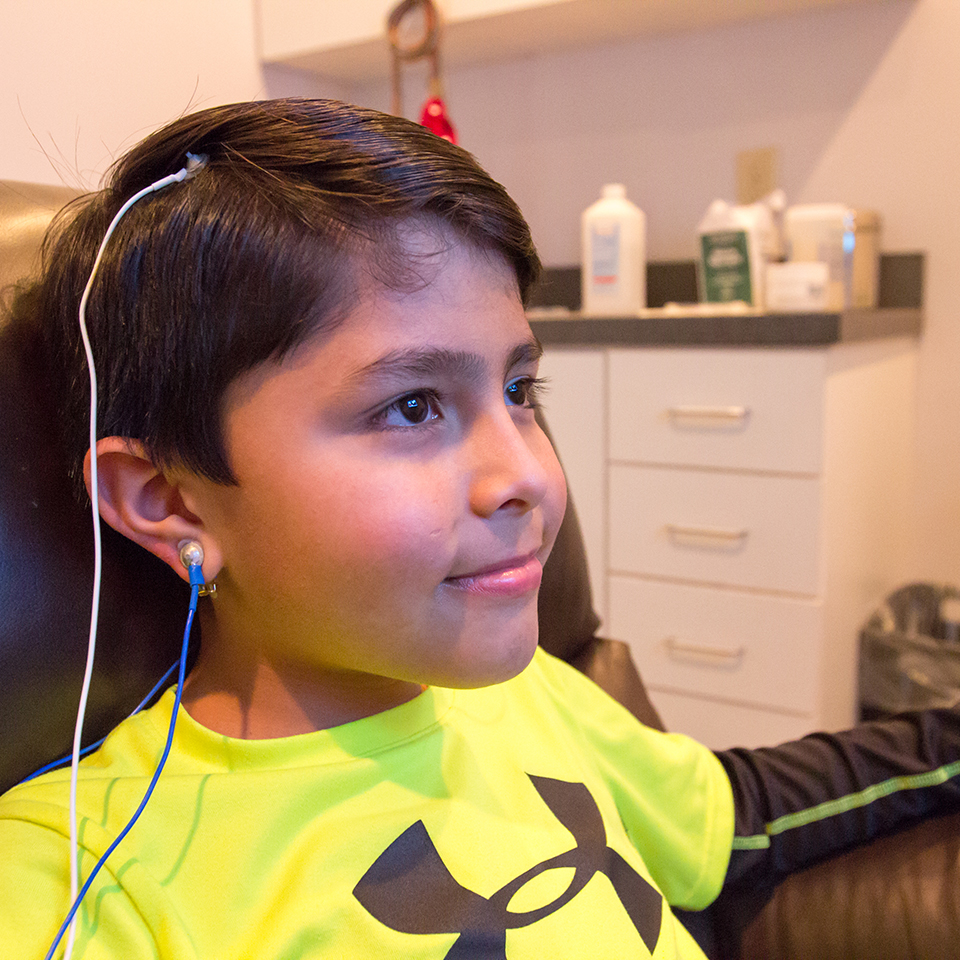
The neurotherapeutic techniques employed by Mind and Motion cover a wide range of applications from non-invasive Neurofeedback to sound, light and electrical Stimulation, to be selected depending on each individual’s goals as well as their present state of real-world and of brain functioning. What all these techniques have in common is that they fit into a Learning model, in which “practice makes perfect” and brain skills are “learned for good”, both hallmarks of a therapy that provides durable results. So though these techniques will most often not cause immediate changes in the brain or the behavior, over time, through repetition, profound changes are earned and retained. To this end, the neurotherapies we offer are delivered within a regular meeting schedule that has a beginning, a middle and an end, predicted at the outset of the therapy and review at the milestones along that schedule. As a form of treatment, this is one of the most evidenced based we offer- in that precise data is shared with our patients about their degree of progress over the prescribed course.
Training can be done in our offices OR, for qualifying patients, at your home. Training of the brain can and should be done in conjunction with behavioral skills training, such as OT, PT and/or ST. Neurotherapies serve as a catalyst for these other therapies because the patient is working on changes both inside and outside of their own body.
Neurotherapies have been used effectively in both research and clinical settings to improve the functioning of persons with attention deficits, autistic spectrum disorders, emotional dysregulation, sensory processing disorders among other applications. This wide range of applicability can be understood by the recognition that the Brain is the Central nervous system, and as such, when a change is made to the Central system, changes can be noted and measured in all the systems it controls.
The procedures themselves use sophisticated equipment to train a very simple paradigm, which is: practice a specific skill multiple times in front of a mirror until that skill is almost “second nature” and new skills can be built upon that basis. Due to the simplicity of these methods, and to the power of cloud computing these days, we are equipped and experienced with home-based, distance-supervised delivery of this type of therapy to families who need to save driving time and other expenses, yet who want to make their brains as efficient as possible, to overcome developmental hurdles on their roads to independence.


